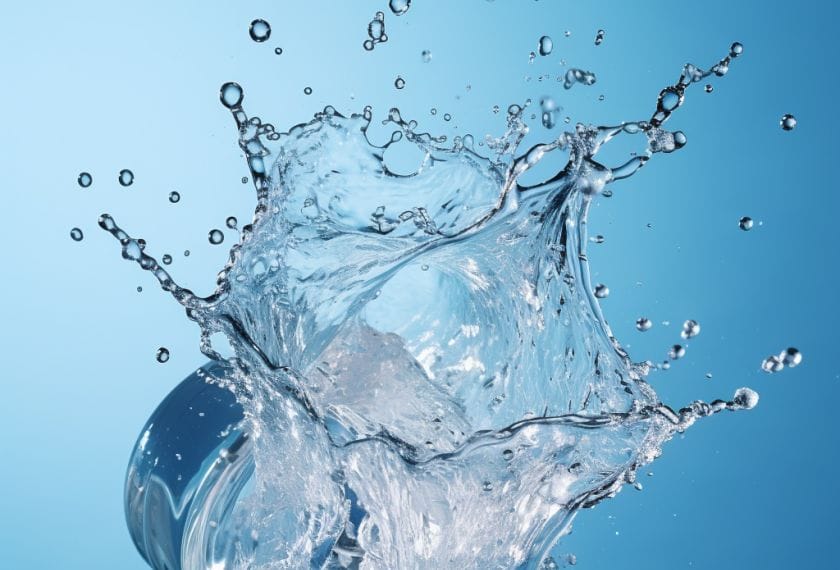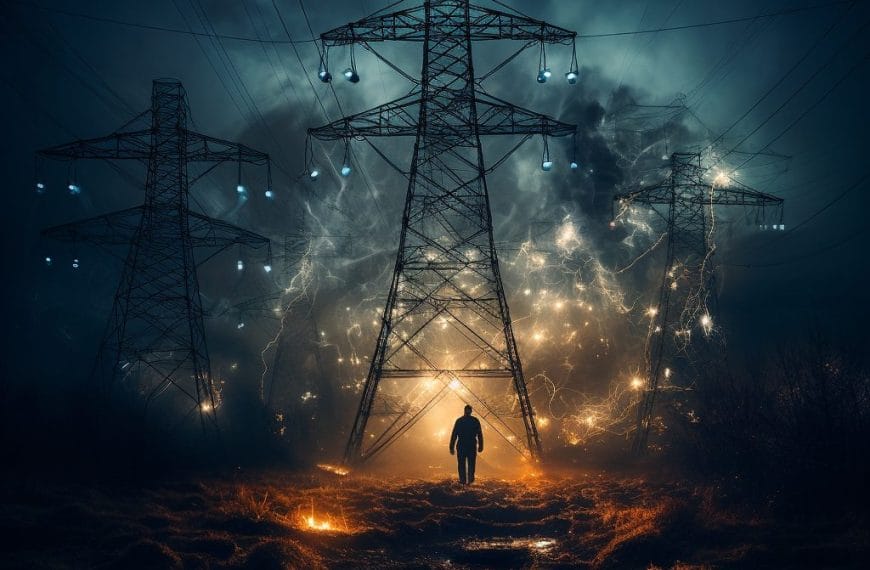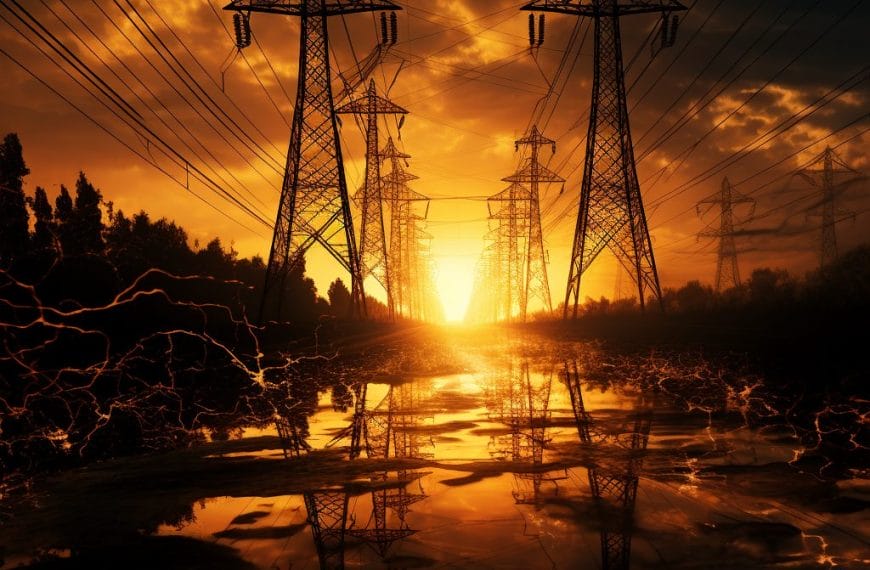Have you ever wondered why your childhood glow-in-the-dark stars kept shining long after you turned off the lights? From toy dinosaurs to safety signs, these fascinating objects seem to capture light and release it slowly, creating an enchanting afterglow that has captivated people for generations.
Quick Answer: Glow-in-the-dark things work through a process called phosphorescence, where special materials called phosphors absorb light energy and store it in their atomic structure. These materials then slowly release the stored energy as visible light over time, creating the characteristic glow that can last from minutes to hours after the light source is removed.
Lighting the Path: The Answer Up Front
The magic behind glow-in-the-dark materials lies in their ability to act like tiny light batteries. When you expose these materials to light—whether from the sun, a lamp, or even a flashlight—they absorb photons and trap the energy within their atomic structure. Think of it like charging a battery, except instead of storing electrical energy, these materials store light energy.

The key players in this process are special compounds called phosphors. These luminescent materials have a unique atomic structure that allows electrons to get excited when hit by light, jump to higher energy levels, and then slowly return to their normal state while releasing photons. This slow light release creates the sustained glow that makes these materials so useful and fascinating.
Unlike a flashlight that needs continuous power, phosphorescent materials can glow for hours using only the energy they absorbed during their “charging” period. The brightness and duration of the glow depend on factors like the type of phosphor used, how much light energy it absorbed, and the surrounding temperature.
The Science Behind the Glow
Understanding how glow-in-the-dark materials work requires a peek into the quantum world of atoms and electrons. Light is composed of different colors, each carrying different amounts of energy. When this light hits a phosphor, something remarkable happens at the atomic level.
The process begins with light energy absorption. Phosphors contain electrons that normally exist in what scientists call the ground state—their lowest energy level. When photons strike these electrons, they absorb the energy and jump to an excited state, much like a ball being thrown uphill.
Here’s where phosphorescence gets interesting. Instead of immediately falling back down (which would be fluorescence), some electrons get trapped in special energy levels within the atomic structure. These “electron traps” act like shelves on a staircase, temporarily holding the electrons at higher energy levels.
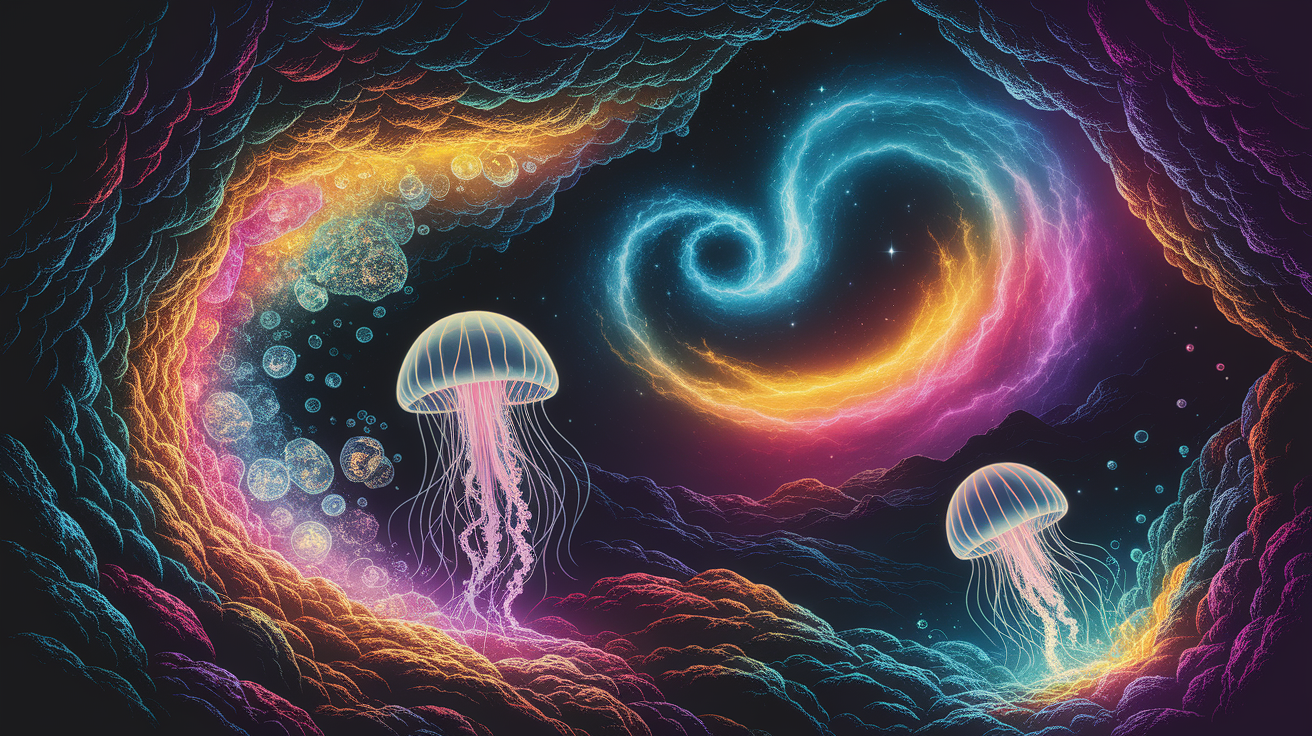
According to research on phosphorescence, the optimal trap depths for room temperature glow are typically about 0.6 to 0.7 electron-volts, allowing for the perfect balance between energy storage and gradual release.
As time passes, these trapped electrons gradually escape their energy traps and return to the ground state. Each time an electron makes this journey back down, it releases a photon of visible light. This slow light release is what creates the characteristic afterglow that can persist long after you’ve turned off the lights.
The glowing process is remarkably similar to how only certain materials are magnetic—it all comes down to the specific atomic structure. Just as magnetic materials have unique electron arrangements that create magnetic fields, phosphors have special atomic configurations that enable light storage and emission.
Fluorescence vs. Phosphorescence
Many people confuse fluorescence with phosphorescence, but these two types of photoluminescence work quite differently. Understanding the difference between phosphorescence and fluorescence helps explain why some materials glow only under UV light while others continue glowing in the dark.
Fluorescence happens almost instantaneously—within nanoseconds of light absorption. When you shine a UV blacklight on certain materials, they immediately glow with bright, vibrant colors. The moment you remove the UV light, the glow stops. This immediate response occurs because fluorescent materials don’t trap electrons; instead, the excited electrons quickly return to their ground state and release photons right away.
You’ve probably seen fluorescence in action at parties with black lights, where white clothing and certain paints glow brilliantly under ultraviolet light. According to research on luminescent materials, fluorescence creates those eye-catching neon colors but requires continuous illumination to maintain the effect.
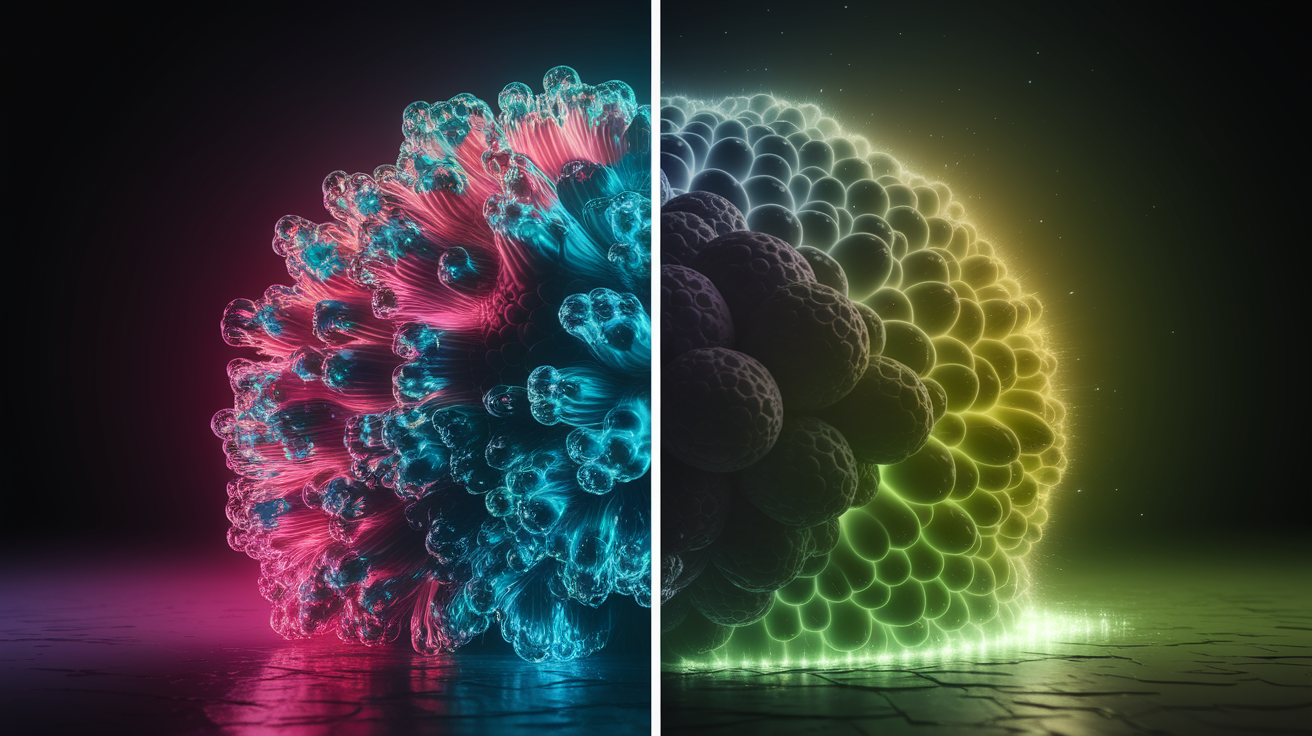
Phosphorescence, on the other hand, involves a delayed emission due to electrons being trapped in metastable states. This forbidden transition—where electrons take much longer to return to their ground state—results in the longer-lasting glow after the light source is removed. The energy levels in phosphorescent materials are structured to create these temporary electron parking spots, allowing for light storage and gradual release.
Here’s a simple way to remember the difference:
- Fluorescence: Immediate glow that stops when the light source is removed
- Phosphorescence: Delayed glow that continues after the light source is removed
Beyond Phosphorescence: Other Glow Mechanisms
While phosphorescence explains most glow-in-the-dark toys and materials, other fascinating mechanisms can create light without external power sources. These different types of luminescence show just how many ways nature and science can produce light.
Chemiluminescence represents a completely different approach to creating light. Instead of storing and releasing absorbed light energy, chemiluminescence produces light through chemical reactions. Glow sticks provide the perfect example of this process in action.
When you bend a glow stick, you break an internal barrier that allows two chemicals to mix. These chemicals react to create excited molecules, which transfer their energy to fluorescent dyes that emit visible light during the reaction. As the chemical reactants get consumed, the glow gradually fades. This differs fundamentally from phosphorescence because the light emission depends on ongoing chemical reactions rather than energy storage and release by electrons in traps.
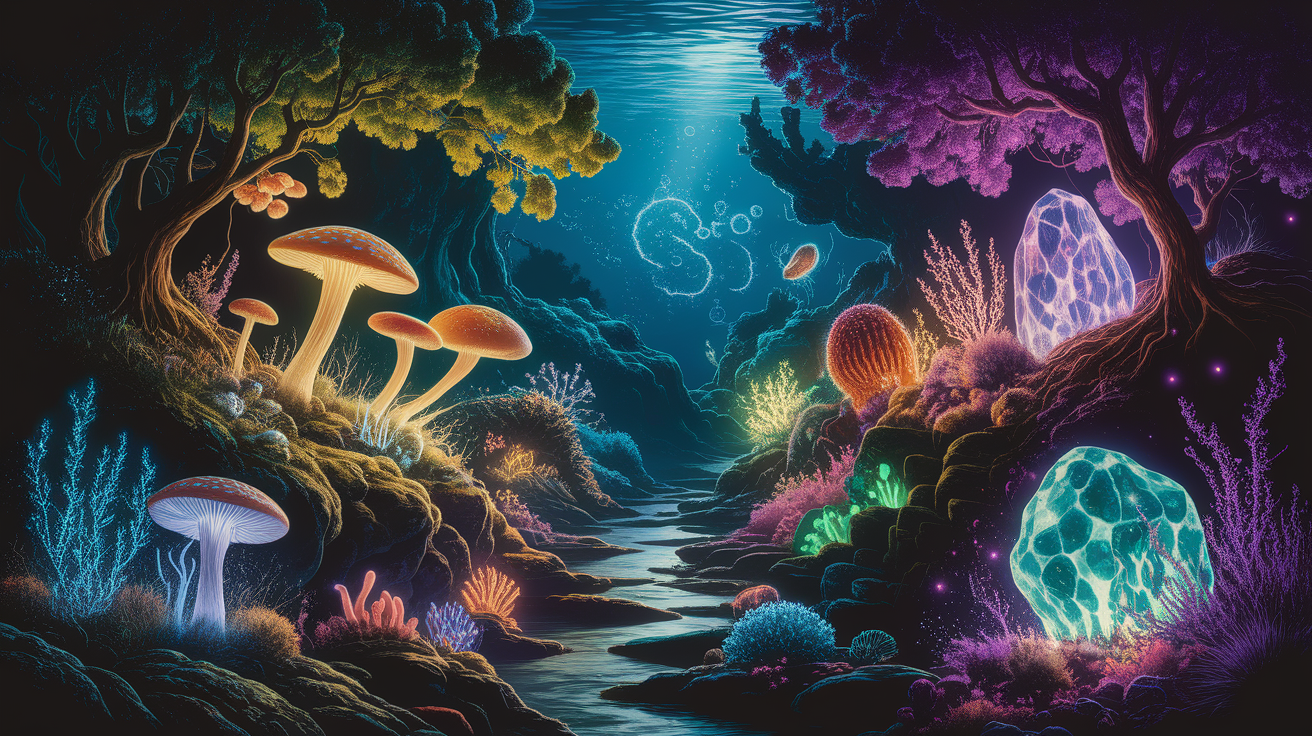
The science behind glow in the dark toys often involves phosphorescence, but glow sticks rely entirely on chemiluminescence. This explains why glow sticks work immediately when activated but can’t be “recharged” like phosphorescent materials—once the chemicals are used up, the reaction stops.
Bioluminescence offers another fascinating example of chemiluminescence in nature. How fireflies produce their own light demonstrates this natural version of chemiluminescence, where living organisms create light through specialized chemical reactions within their bodies.
According to research on luminescent processes, these different mechanisms serve various purposes:
- Phosphorescence: Long-lasting glow for safety signs and toys
- Chemiluminescence: Immediate, bright light for emergency situations
- Bioluminescence: Communication and survival in living organisms
What Materials Make It Glow
The heart of any glow-in-the-dark object lies in its phosphor materials. These special compounds determine everything from how bright the glow appears to how long it lasts. Understanding what chemicals are in glow in the dark paint and other products reveals the careful science behind these glowing materials.
Zinc sulfide was one of the first phosphors discovered for glow-in-the-dark applications. This compound emits a characteristic greenish glow and can be activated by common light sources. However, zinc sulfide has limitations—its glow brightness fades relatively quickly, and the afterglow doesn’t last as long as newer materials.
Modern glow-in-the-dark products typically use strontium aluminate, a much more efficient phosphor. According to educational research on phosphors, strontium aluminate can glow much brighter and maintain its afterglow for several hours after light exposure. This superior performance has made it the preferred choice for contemporary luminescent materials.
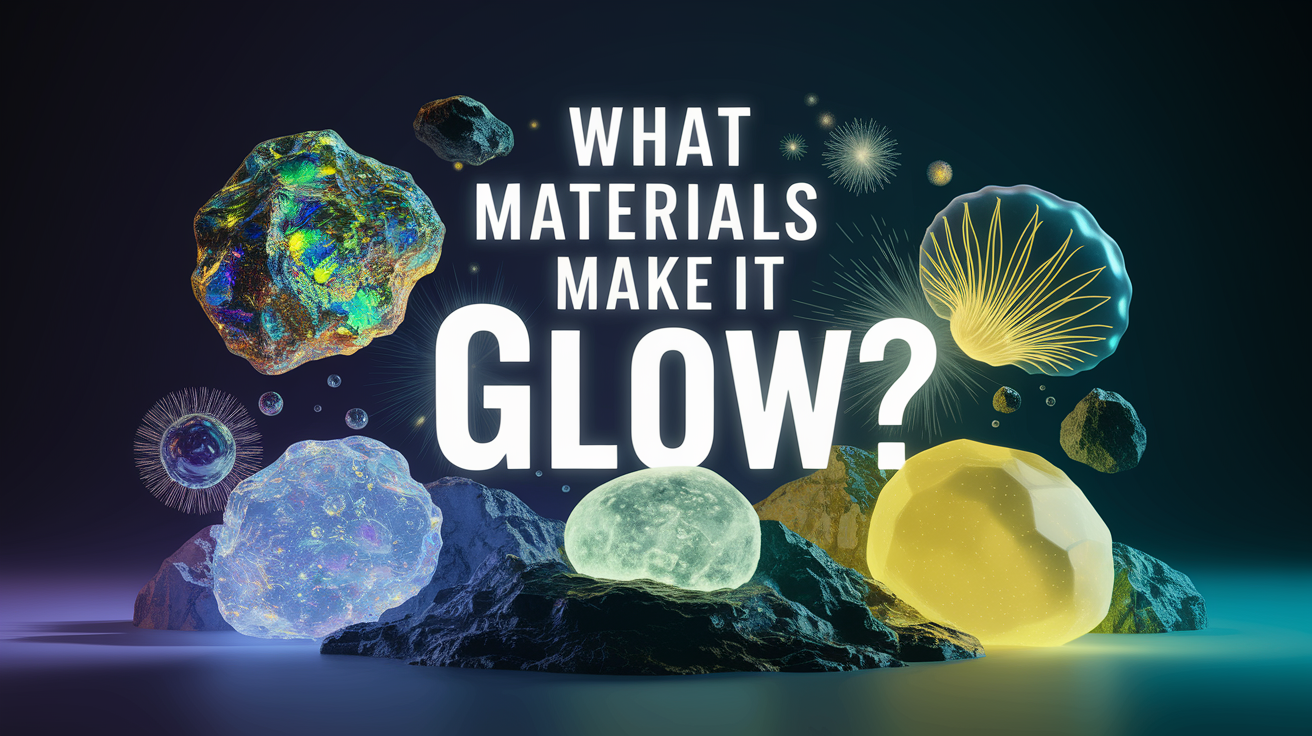
The glow paint science becomes even more interesting when you consider doping elements. Small amounts of europium and dysprosium are often added to strontium aluminate to enhance its properties. These elements fine-tune the energy levels within the atomic structure, optimizing both the color and duration of the glow.
Different phosphor combinations create various glow colors across the visible light spectrum, from blue-green to yellow-green, allowing manufacturers to create products with specific aesthetic and functional requirements.
The atomic structure of these materials is precisely engineered to have optimal trap depths for room temperature persistence. This careful design ensures that the phosphors can be activated by everyday light sources like sunlight and indoor lighting, making them practical for real-world applications.
Safety represents another crucial consideration in phosphor selection. Modern glow-in-the-dark materials are designed to be non-toxic glow compounds, addressing concerns about whether glow-in-the-dark material is safe for kids. Unlike some historical luminescent materials that contained radioactive elements, today’s phosphors are completely safe for consumer use.
Everyday Uses of Glowing Materials
Glow-in-the-dark technology has found its way into countless practical applications, from life-saving safety equipment to entertaining toys. These uses demonstrate how phosphorescence can provide visibility in darkness without requiring power sources or batteries.
Safety applications represent some of the most important uses of phosphorescent materials. Emergency exit signs, stairway markers, and evacuation routes often incorporate glow-in-the-dark elements to guide people during power outages. Fire departments and emergency responders rely on phosphorescent tape and markers that can be seen even in smoke-filled environments.
The toy industry has embraced glowing materials with enthusiasm. From glow-in-the-dark stars that transform bedroom ceilings into miniature planetariums to dinosaur figures that glow after lights-out, these products combine education with entertainment. Many parents wonder how long do glow in the dark stars last—typically, high-quality phosphorescent toys can maintain a visible glow for 8-12 hours, though the brightness gradually decreases over time.
Watch and clock manufacturers have used luminescent materials for decades to create timepieces readable in darkness. Modern watch dials often feature phosphorescent markers that charge during the day and provide visibility throughout the night.
According to research on glow material applications, other practical uses include:
- Fishing lures that attract fish in deep or murky water
- Camping gear and outdoor equipment for nighttime visibility
- Theatrical and entertainment applications for special effects
- Architectural elements that provide ambient lighting without electricity
Natural occurrences of luminescence also fascinate scientists and nature enthusiasts. Some minerals exhibit fluorescence under UV light, creating spectacular displays in geology museums. Certain animals use fluorescence patterns for communication or camouflage, though this natural fluorescence differs from human-made phosphorescence products. The principle remains similar—light emission after energy absorption—but the mechanisms and purposes vary significantly.
Understanding how to activate glow in the dark stickers and other products maximizes their effectiveness. Most phosphorescent materials respond best to bright light exposure for several minutes. What kind of light is best for glow in the dark charging? While sunlight provides excellent charging, bright indoor lights, flashlights, and even camera flashes can effectively recharge glow items.
After the Lights Out: Carrying the Glow Forward
The world of glow-in-the-dark materials continues to fascinate us because it bridges the gap between everyday experience and quantum physics. These remarkable materials transform invisible energy storage into visible light emission, creating practical solutions and magical experiences.
Understanding how phosphors work helps answer common questions about these materials. Are glow-in-the-dark items radioactive? Modern phosphorescent products are completely safe and non-radioactive. The glow comes from electron transitions within the atomic structure, not from radioactive decay. Why do glow in the dark things stop glowing? The glow fades as trapped electrons gradually return to their ground state and release their stored energy as photons.
For those wondering how to make glow in the dark things glow brighter, the key lies in proper charging. Expose the materials to bright light for several minutes, and they’ll store more energy for a brighter, longer-lasting glow. How to recharge glow in the dark items is simple—just expose them to light again, and they’ll be ready for another glowing session.
The science behind these materials connects to broader principles of physics and chemistry. Just as materials like glass are transparent due to their specific electron energy gaps, phosphors glow because their unique atomic structure creates the perfect conditions for light storage and gradual release.
This fascinating interplay between light absorption, electron behavior, and photon emission continues to inspire new applications and improvements in phosphorescent technology. From enhanced safety systems to more efficient glow paints, the future of luminescent materials promises even more innovative ways to capture and carry light through darkness.





